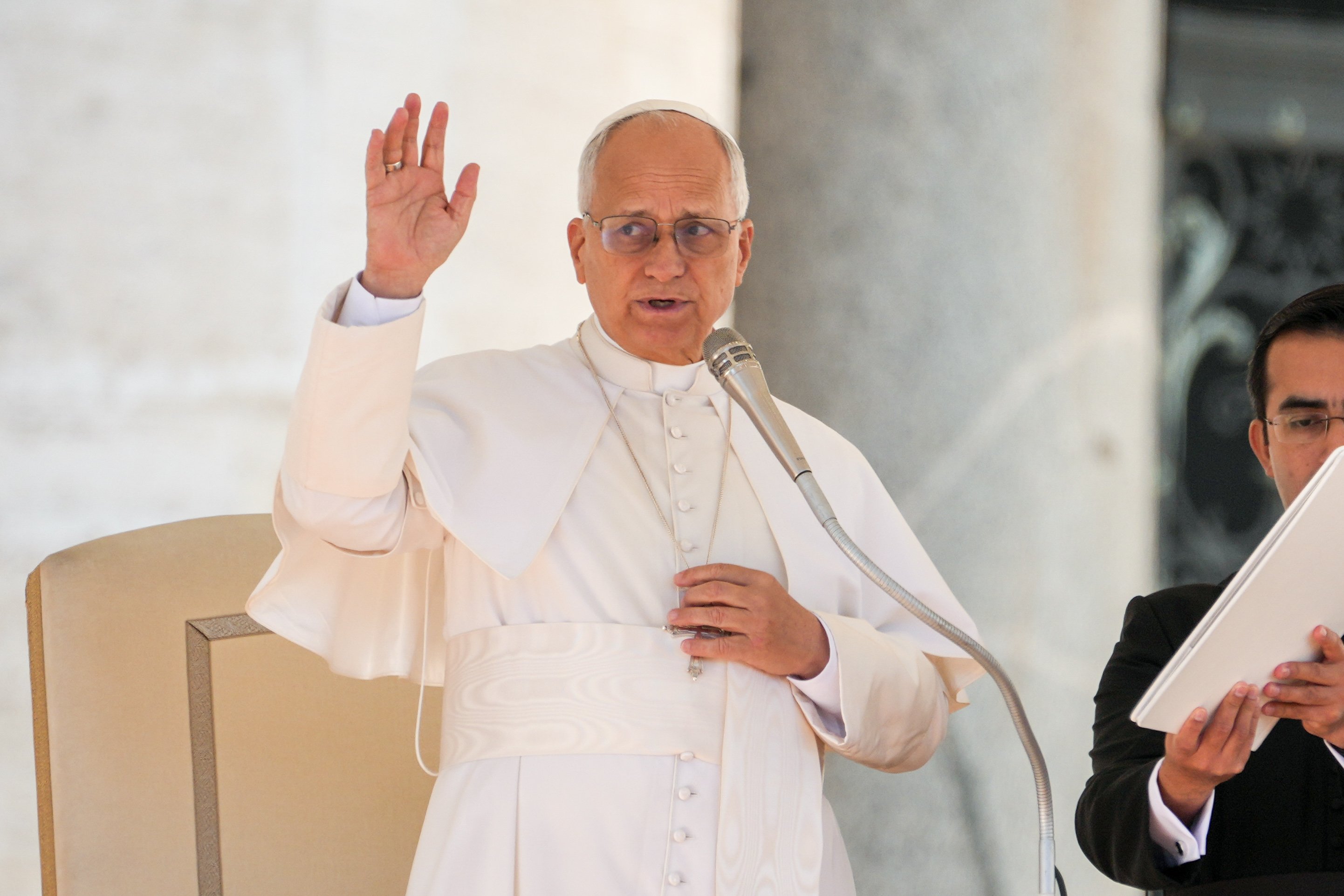April 6, 2018 at 1:53 p.m.
REFLECTION
Our Sunday readings, Part III: the Gospel of St. Matthew
The lectionary is the book that contains the collection of readings that we use at every Mass; Year A uses the Gospel of St. Matthew. Year B uses St. Mark's Gospel and Year C, St. Luke's Gospel.
St. Matthew's Gospel was probably written around 70-80 AD for an audience that were mainly Jewish converts to Christianity. Most commentators think this is the case because St. Matthew's Gospel contains a great number of references to Jewish law and traditions and, unlike the other Gospels, there is no explanation or introduction to these. In other words, Matthew assumes the readers already understand them.
Also, of all the Gospel writers (also known as evangelists), St. Matthew has a great number of references to the Old Testament and how Jesus fulfills Jewish law and the prophets. We see this particularly when we come to Palm Sunday, when we hear Matthew's account of Jesus' trial and death.
In writing his Gospel, St. Matthew draws on three main sources: the Gospel of St. Mark; a source or tradition that St. Luke also used; and his own, unique sources. Matthew organizes his material around five main blocks or movements in Jesus' ministry. We journey through these throughout this year as we hear St. Matthew's Gospel unfold each Sunday.
Currently, we are in the first block, centered on the "Sermon on the Mount" -- which, incidentally, is unique to Matthew's Gospel. The Sermon on the Mount contains such key teachings as the Beatitudes ("Blessed are they....") and difficult teachings such as loving our enemies or the need to receive and give forgiveness.
Each Gospel writer covers many common themes and teachings of Jesus. What is particular or special about St. Mathew's Gospel? We have already mentioned the focus on Jesus as the Messiah who fulfills the law and the prophets. All of the Gospel writers show us Jesus' teaching about what is often called "double love:" that is, to love God and love our neighbor.
St. Matthew spotlights that more than the other Gospels. In fact, he often mentions being "righteous" -- being in right relationship with God and with each other -- which, sadly, had been largely lost by the Scribes and Pharisees.
St. Matthew also uses the phrase "the kingdom of heaven" 32 times! He brings this out as something central to Jesus' teaching and mission. We hear that the "kingdom of heaven is here;" or that the "kingdom of heaven is like...."
In a similar vein, although the other Gospels mention parables and sayings of Jesus that use everyday images, St. Matthew gives us these in abundance. As you hear his Gospel each Sunday, keep an ear open for them.
Finally, St. Matthew has some special references to what we have only just recently celebrated: the birth of Jesus. Matthew begins his Gospel with a genealogy to show Jesus' identity and why He has come to us. This makes sense, as many of us research our own family history for similar reasons.
Matthew also mentions St. Joseph more than the other Gospels, and gives us quite a bit of detail about King Herod and the coming of the three wise men that we do not find in the other Gospels.
During this Cycle A, we will also hear our first and second readings, as well as the psalm at each Sunday Mass. It will be an action-packed year! For example, our second readings will be from the first letter of St. Paul to the Corinthians, as well as his letters to the Romans, the Philippians and his first letter to the Thessalonians.
Enjoy hearing readings "from the Gospel according to St. Matthew" during this year. Remember, of course, that he wrote his Gospel centuries ago not to give us a history lesson or a nice story about Jesus, but to help us deepen our relationship with the Lord and to grow in love of God and our neighbor.
As St. John writes at the very end of his Gospel: "Jesus performed many other signs in the presence of His disciples, which are not recorded in this book. But these are written that you may believe that Jesus is the Messiah, the Son of God, and that by believing you may have life in His name."
(Father Barratt is director of the diocesan Office of Prayer and Worship. He holds a doctorate in theology and was a professor at St. John's Seminary in England before coming to the U.S. in 2004.)[[In-content Ad]]
SOCIAL MEDIA
OSV NEWS
- US bishops celebrate Mass to ‘beg the Holy Spirit to inspire’ their fall assembly
- As deal to end shutdown advances, Catholic groups urge action on health insurance costs
- Texans vote overwhelmingly to enshrine parental rights in state constitution
- Supreme Court declines Kim Davis case seeking to overturn same-sex marriage ruling
- ‘Do you love Jesus more than your political opinion?’: Bishop Tyson says the church faces a test
- Vatican says Swiss Guards investigating alleged antisemitic gesture
- Bishop: Survival of Christian communities in Nigeria depends on security, justice
- Pope asks for extra care when using AI in medicine
- Pope holds long meeting with Belgian abuse survivors
- Delegation of top prelates, lay activists gives Brazil church strong presence at COP30








Comments:
You must login to comment.